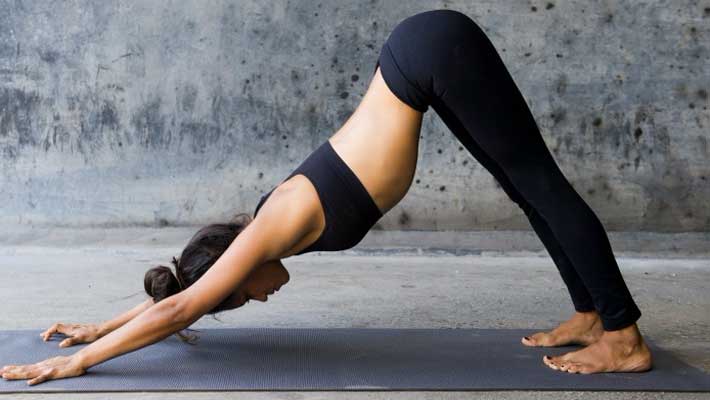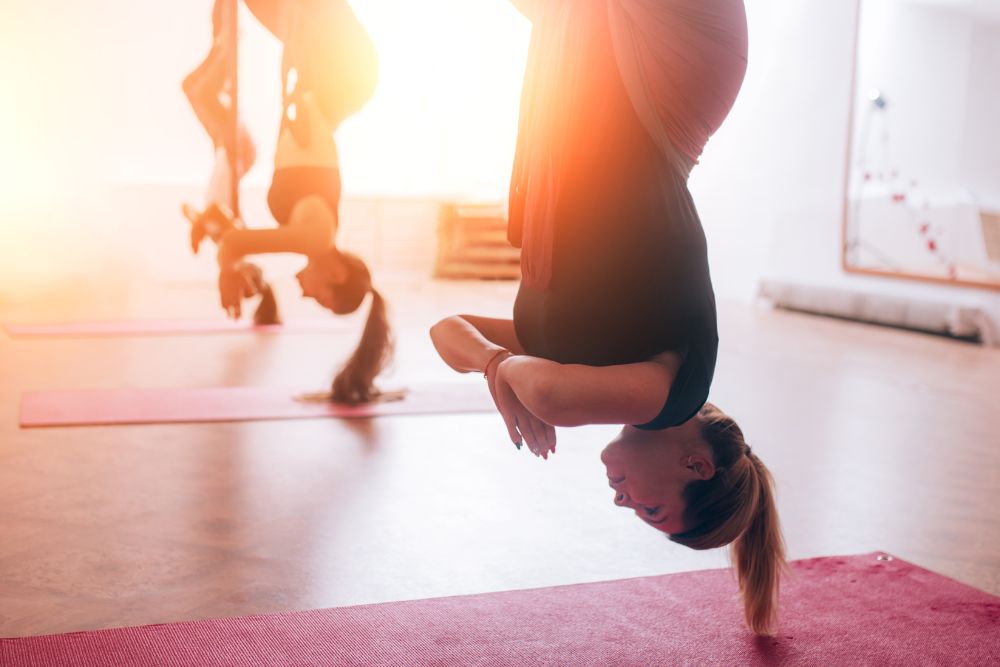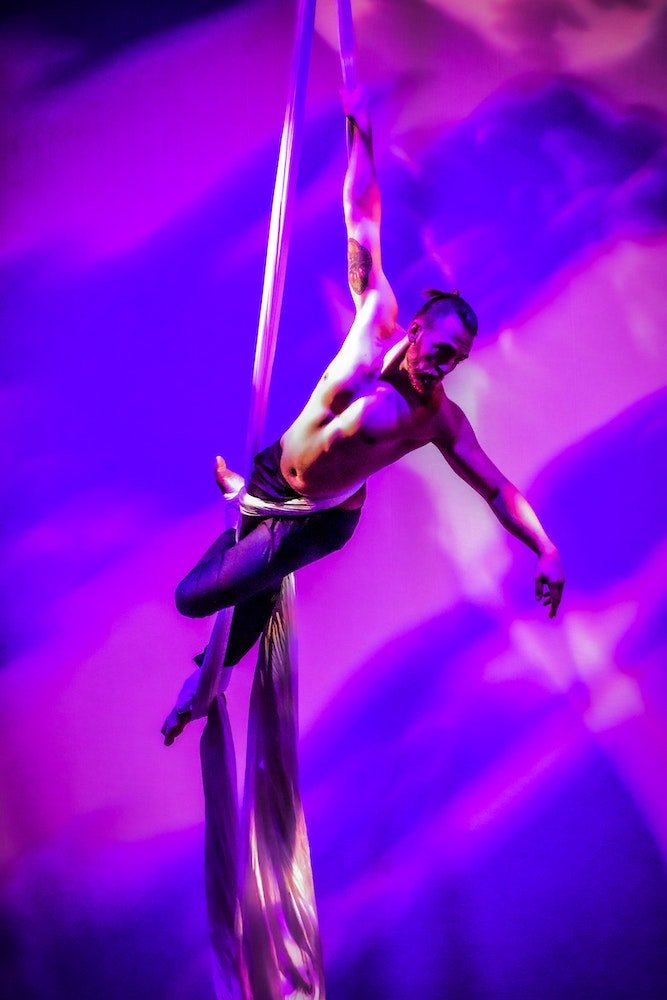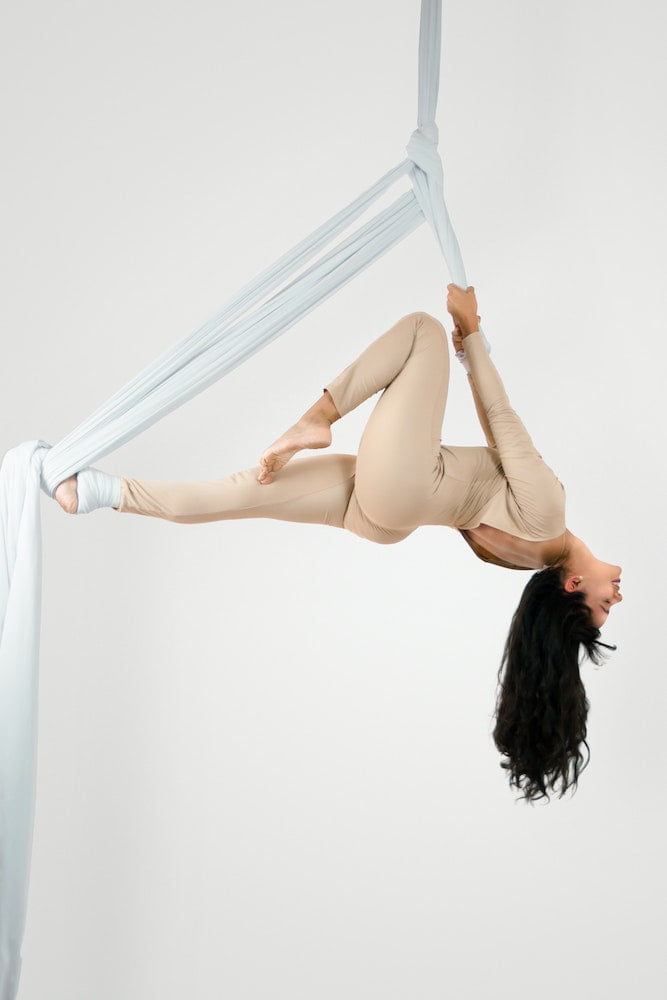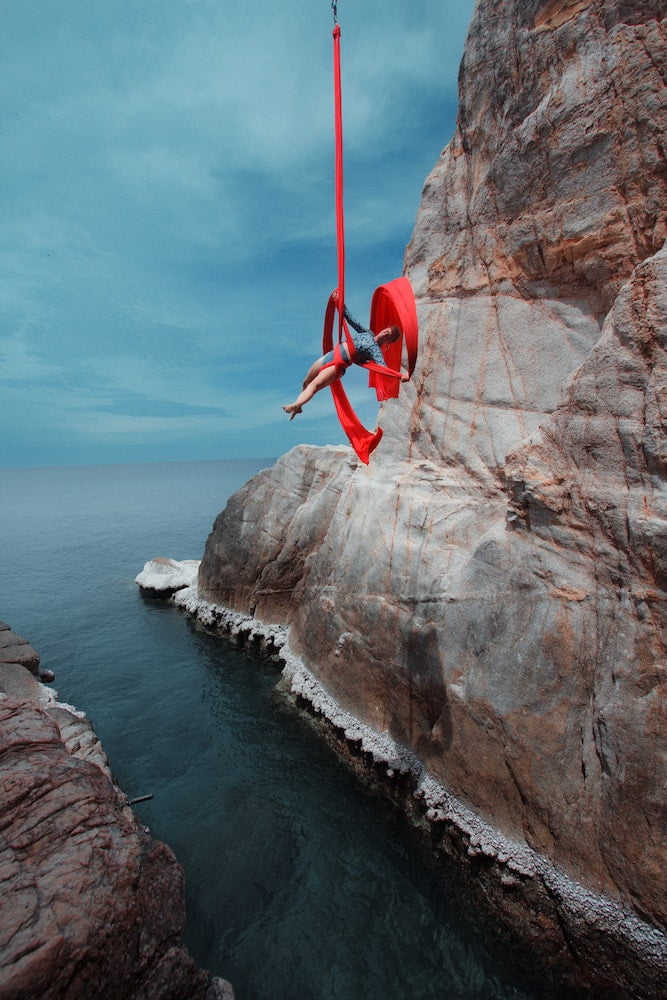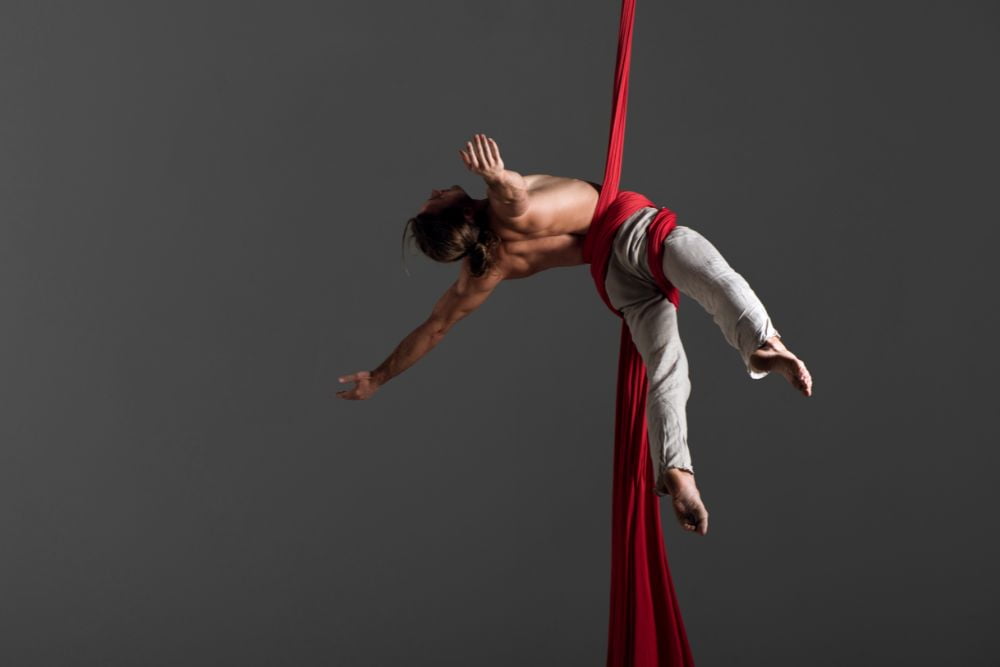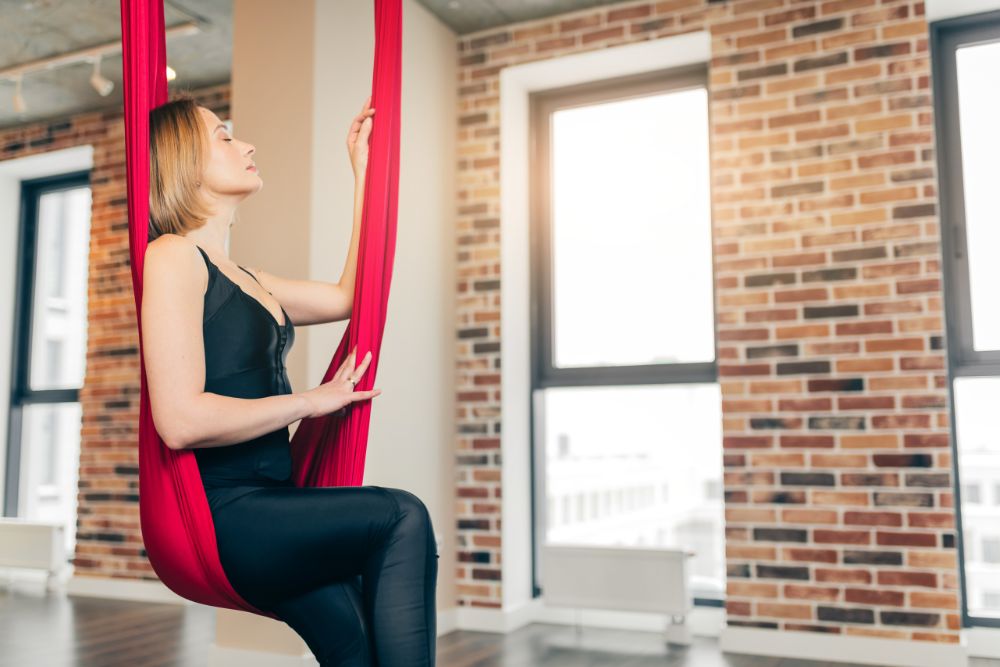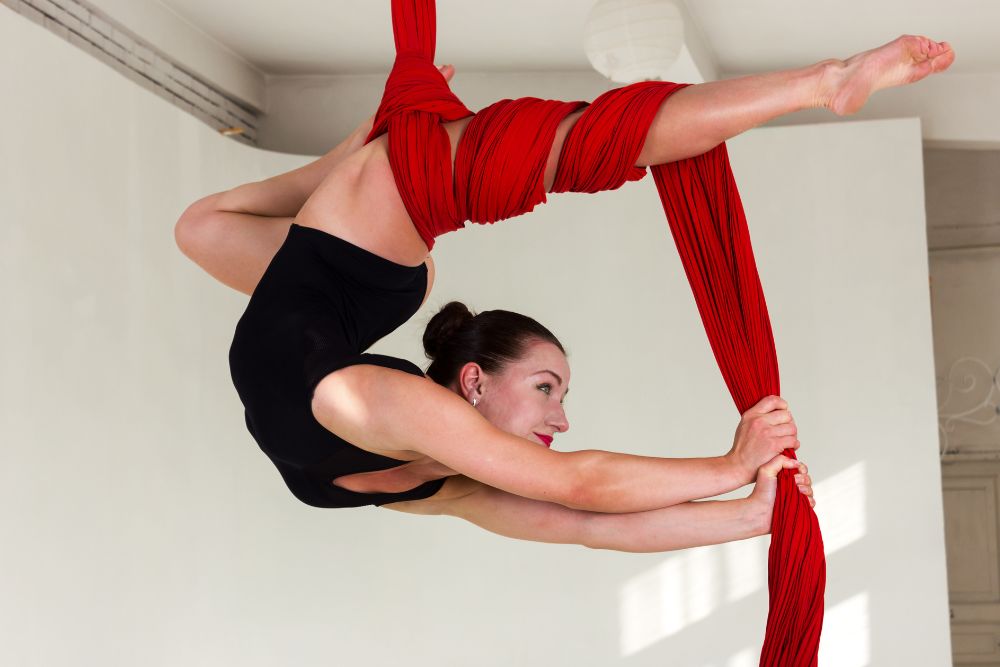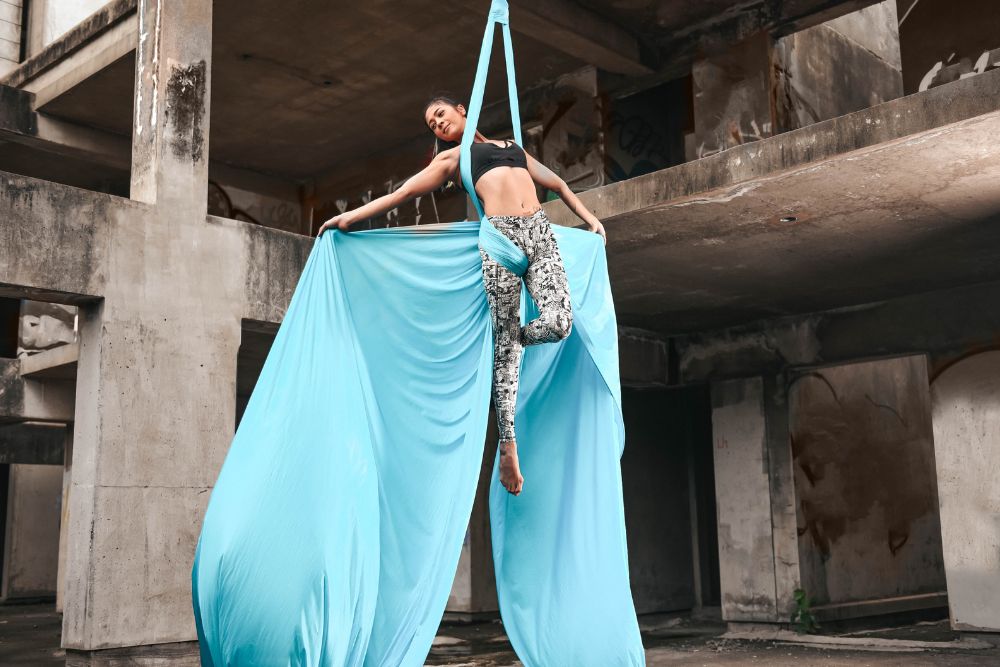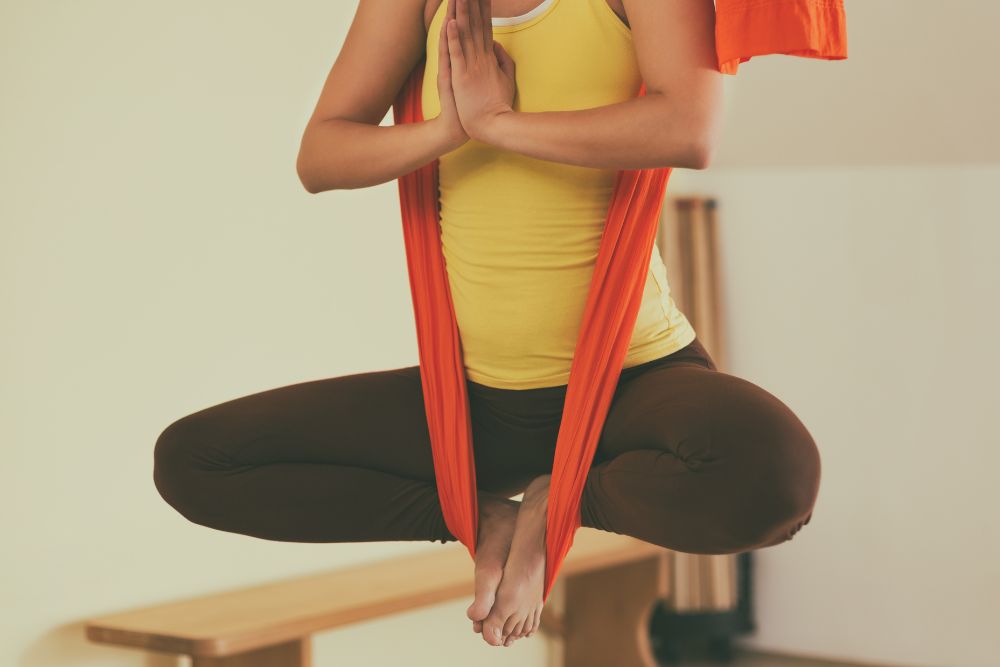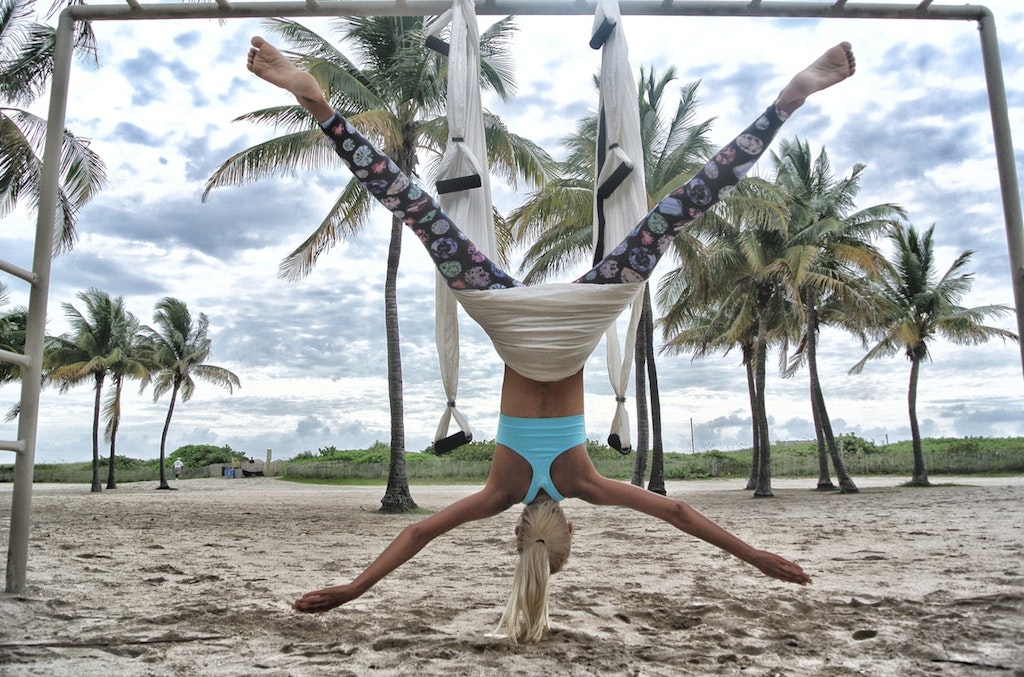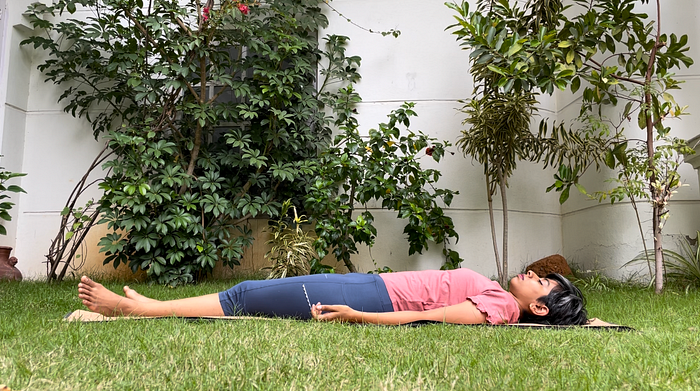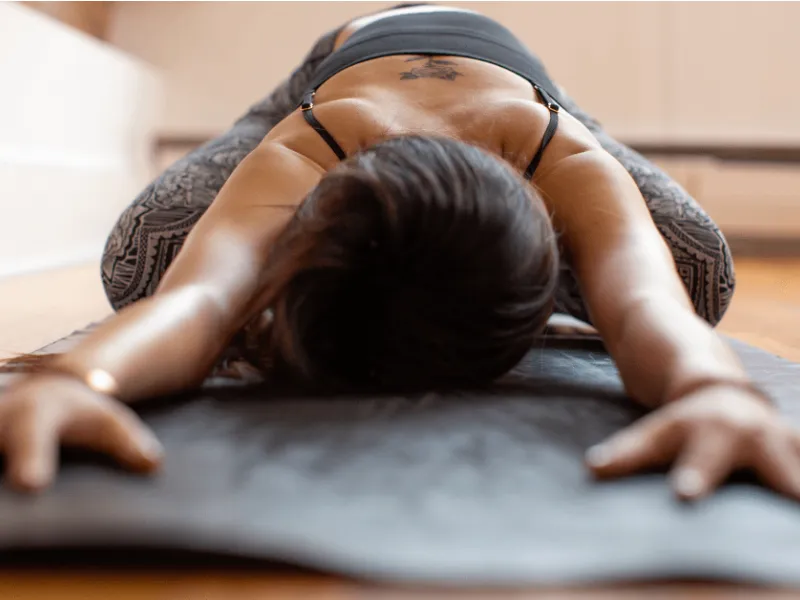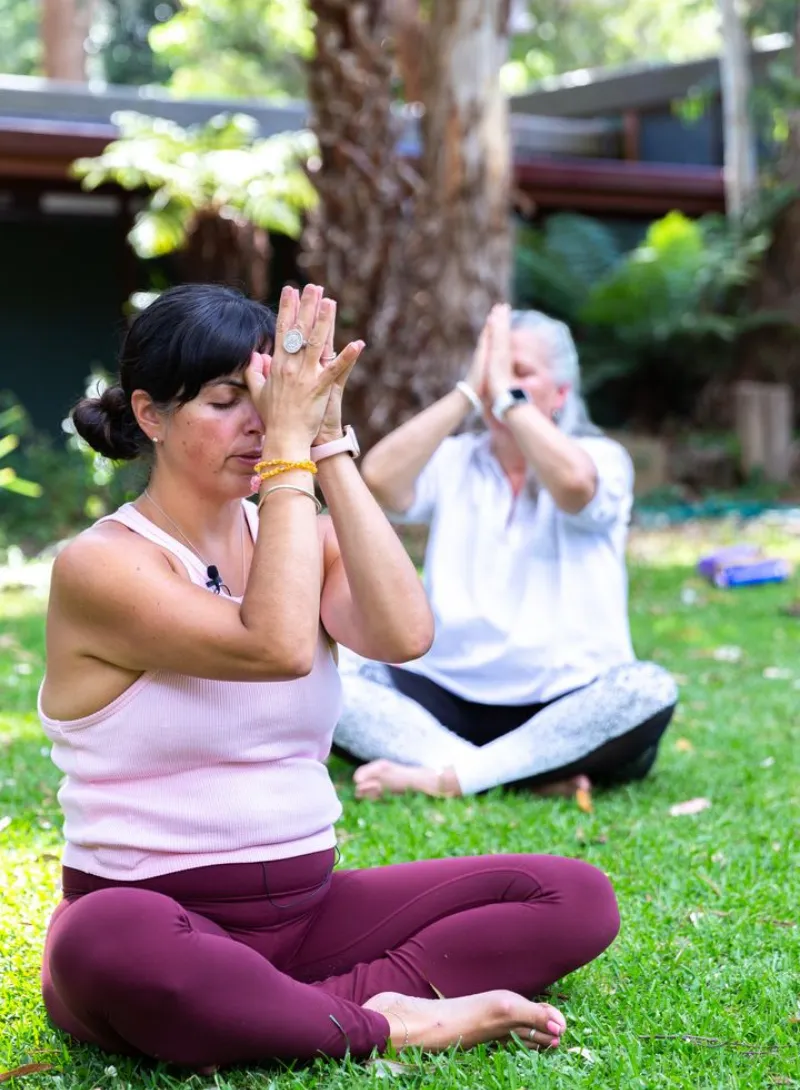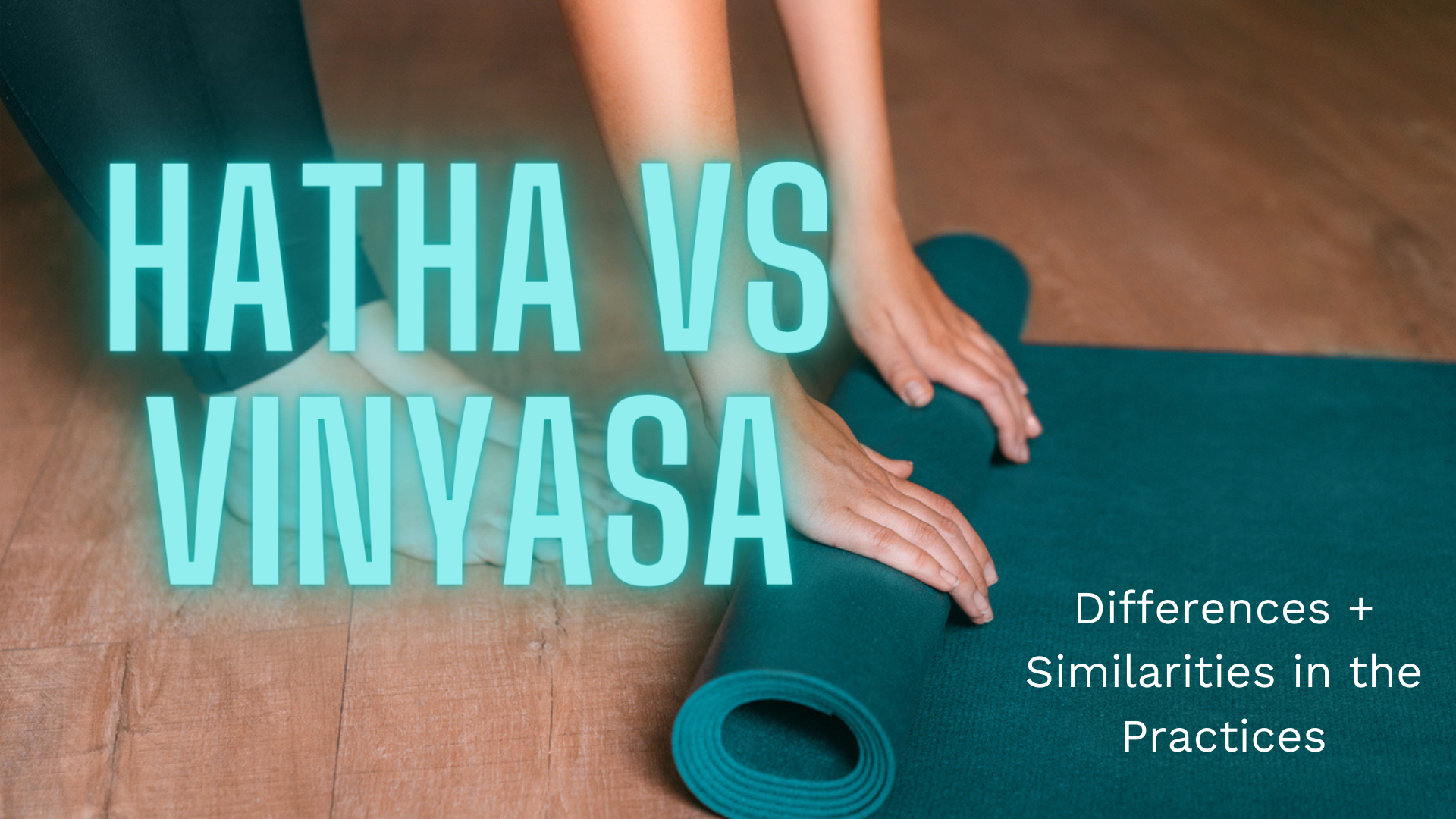If you are looking for a yoga practice that not only benefits your body but also nurtures your mind and spirit, then Anusara Yoga may be for you. This form of yoga was created in the late 1990s by American yogi John Friend and is based on the philosophy of intrinsic goodness.
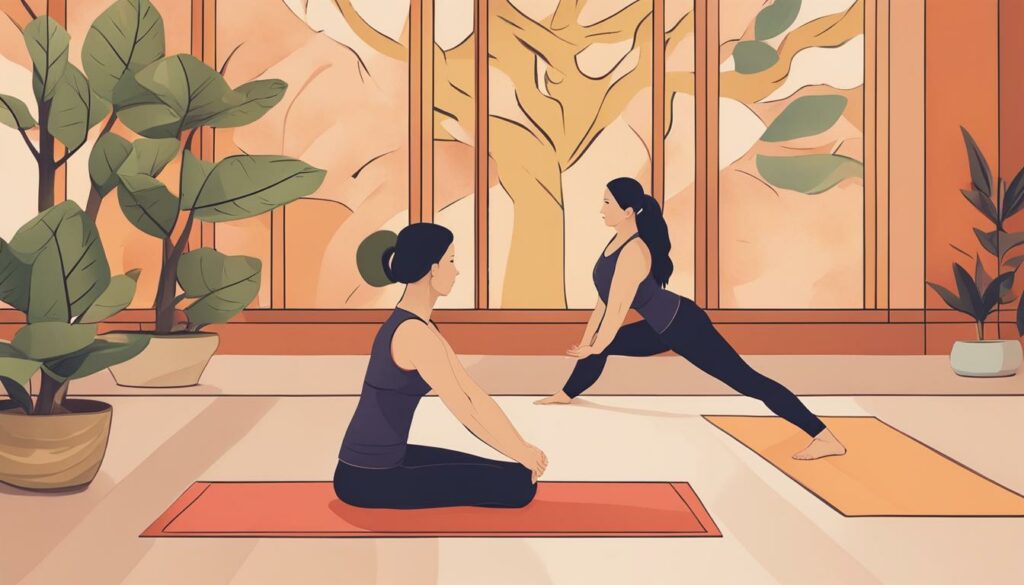
The practice of Anusara Yoga emphasizes the alignment of the entire body, as well as the heart and mind. By working on proper alignment, Anusara Yoga can help you build strength, increase flexibility, improve balance, and deepen your overall sense of well-being.
Anusara Yoga draws from a wide range of yoga traditions, including Hatha, Iyengar, and Vinyasa, to create a unique and uplifting practice. The practice involves a variety of poses, from basic to advanced, which can be modified to suit each individual’s needs and abilities.
Anusara Yoga also incorporates a heart-centered philosophy, which views all living beings as inherently good and divine. This approach encourages practitioners to see the goodness in themselves and others, and to approach their practice with a sense of joy and openness.
Key Takeaways
Anusara Yoga is a yoga practice that emphasizes alignment of the body, heart, and mind.
This form of yoga draws from multiple traditions to create a unique practice.
Anusara Yoga incorporates a heart-centered philosophy that sees all living beings as inherently good and divine.
Practicing Anusara Yoga can benefit the body by building strength, flexibility, and balance, while also nurturing the mind and spirit.
Anusara Yoga poses can be modified to suit individual needs and abilities.
The Principles of Anusara Yoga
In Anusara Yoga, we are guided by a set of principles that help us align our bodies, hearts, and minds. These principles are not strict rules but rather, a philosophy that encourages us to embrace our unique abilities and limitations, and find joy in our practice.
The Three A’s: Attitude, Alignment, and Action
One of the core principles of Anusara Yoga is the three A’s: Attitude, Alignment, and Action. Attitude refers to our intention and the way we approach our practice. Alignment is about how we position our body in each pose to find optimal stability and balance. Action relates to the dynamic energy that flows through us as we move from one pose to another.
By focusing on these three elements, we create a holistic practice that connects our physical body, mind, and spirit.
Opening to Grace
Another essential principle of Anusara Yoga is the concept of “opening to grace.” This means that we cultivate an attitude of receptivity and surrender, allowing ourselves to be open to the flow of energy and inspiration from the universe.
When we open to grace, we become more connected to ourselves and the world around us. It allows us to move with ease, grace, and flow in our practice and in our lives.
Universal Principles of Alignment
Aligned movement is at the core of Anusara Yoga. The practice of Anusara Yoga focuses on finding optimal alignment for each person’s unique body, recognizing that everyone is different and has different needs.
To support this individualized approach, the universal principles of alignment were developed. These principles provide a framework for safely and effectively aligning the body in each pose.
Opening to grace
Muscular energy
Inner spiral
Outer spiral
Organic energy
Shoulder loop
Full expression
By applying these principles, we can find greater stability, freedom, and ease in our practice.
Practicing with a Heart-Opening Intention
Another important principle of Anusara Yoga is practicing with a heart-opening intention. Anusara Yoga encourages us to cultivate an open heart and to approach our practice from a place of love, compassion, and acceptance.
Practicing with a heart-opening intention allows us to connect more deeply with ourselves and others, leading to a more fulfilling and joyful life.
Anusara Yoga Alignment and Practice
In Anusara Yoga, alignment is of utmost importance. Correct alignment ensures that you prevent injury, reduce strain on your muscles and joints, and derive maximum benefits from each pose.
The key to proper alignment in Anusara Yoga is to find the “heart loop” a series of actions that help you connect your physical body with your heart center. Engaging the heart loop creates a deep sense of stability, strength, and openness in each pose.
Another important aspect of Anusara Yoga practice is the use of props, such as blocks, straps, blankets, and bolsters. Props can help you achieve correct alignment, deepen your stretches, and explore poses in new ways.
Throughout an Anusara Yoga practice, you will be encouraged to move consciously and mindfully, paying attention to the sensations in your body and the quality of your breath. Practicing with mindfulness helps you deepen your connection with your body and cultivate a meditation in motion.
Whether you are a beginner or a seasoned yogi, Anusara Yoga provides a powerful practice that can help you connect with your body, heart, and mind.
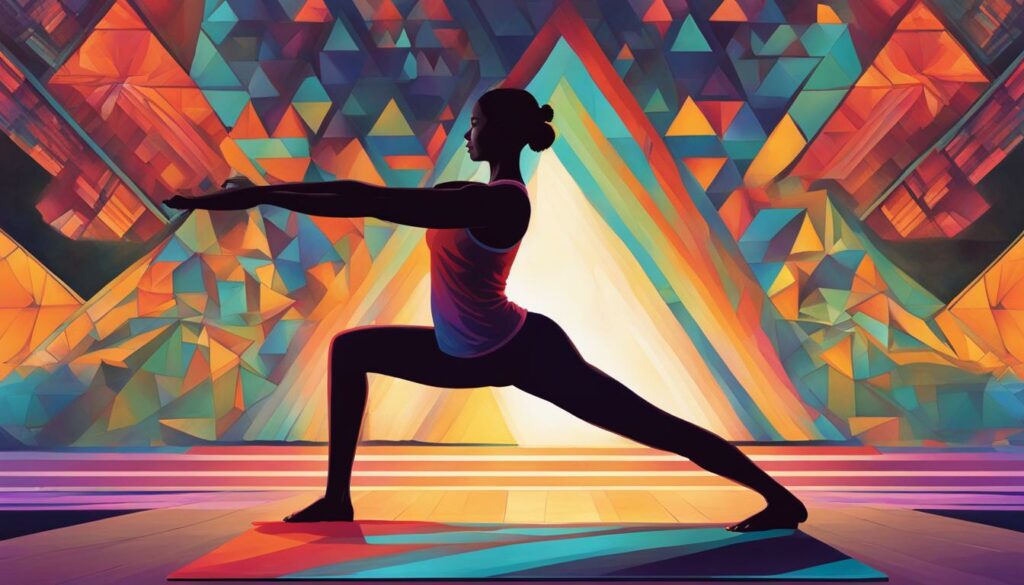
By incorporating these alignment techniques into your practice, you can deepen your understanding of your body and experience a greater sense of connection and ease in your poses.
If you are new to Anusara Yoga, it’s highly recommended to seek the guidance of a trained teacher who can help you align your body correctly and get the most out of your practice.
Join us in the next section to explore the various poses and sequences of Anusara Yoga.
Anusara Yoga Poses and Sequences
Anusara Yoga emphasizes proper alignment as the foundation of a safe and transformative practice. Each pose is approached with a deep awareness of the body’s natural alignment, creating a balance between strength and flexibility.
When creating a sequence, it’s important to balance both sides of the body and incorporate poses that stretch and strengthen different areas. A simple sequence could include starting in Downward-Facing Dog, moving into a lunge and then Warrior II on each side, and ending with Tree Pose. Remember to listen to your body and modify as needed.
The Heart-Centered Philosophy of Anusara Yoga
At the core of Anusara Yoga is a heart-centered philosophy that celebrates the inherent goodness and divinity within each individual. This philosophy is rooted in the Tantric tradition of yoga, which views the world as a manifestation of the divine consciousness.
According to this philosophy, there is a divine spark within each of us, and our purpose in life is to realize and express this divine nature. Anusara Yoga encourages practitioners to cultivate this awareness through physical practice, meditation, and spiritual inquiry.
One of the key teachings of Anusara Yoga is the concept of “opening to grace.” This involves recognizing that there is an underlying divine energy that flows through all things and learning to align oneself with this energy. By opening to grace, practitioners can experience a sense of connection, joy, and freedom.
The Three A’s of Anusara Yoga
Another important aspect of the philosophy of Anusara Yoga is the Three A’s: Attitude, Alignment, and Action. These principles guide practitioners to develop a positive attitude towards themselves and others, align their bodies correctly, and take action that is in alignment with their highest intentions.
Attitude: Anusara Yoga emphasizes the importance of cultivating a positive attitude of openness, gratitude, and compassion. By approaching the practice with a positive mindset, practitioners can experience greater joy and fulfillment.
Alignment: Proper alignment is key to a safe and effective yoga practice. Anusara Yoga teaches practitioners to align their bodies in a way that supports their physical and energetic well-being. Through precise alignment, practitioners can access deeper levels of awareness and connection.
Action: Anusara Yoga encourages practitioners to take action that is in alignment with their highest intentions. This involves setting clear intentions, listening to the wisdom of the heart, and taking steps to manifest one’s authentic self in the world.
Overall, the heart-centered philosophy of Anusara Yoga offers a unique approach to yoga practice that emphasizes the inherent goodness and divinity within each individual.
By opening to grace, cultivating a positive attitude, aligning the body correctly, and taking action in alignment with one’s highest intentions, practitioners can experience profound transformation and growth.
Anusara Yoga Benefits
Anusara Yoga offers a wealth of benefits for both the body and the mind. One of the primary benefits is increased strength and flexibility. As we align the body correctly, we create a solid foundation for our yoga practice and reduce the risk of injury. By practicing different Anusara Yoga poses, we can target different muscle groups and build both strength and flexibility.
Another benefit of Anusara Yoga is relaxation. The practice involves a lot of deep breathing and meditation, which helps calm the mind and reduce stress. As we focus on our breath and tune out distractions, we can achieve a state of relaxation and peace.
Moreover, Anusara Yoga promotes a deeper sense of connection. As we practice yoga, we become more aware of our bodies and our surroundings. We learn to connect with ourselves, with others, and with the world around us. This sense of connection can lead to a greater sense of well-being and happiness.
Finally, Anusara Yoga can help us tap into our inner strength and wisdom. By practicing the heart-centered philosophy of Anusara Yoga, we can cultivate self-awareness and self-love. We learn to recognize and honor our own unique gifts and talents, and we develop the courage to pursue our dreams.
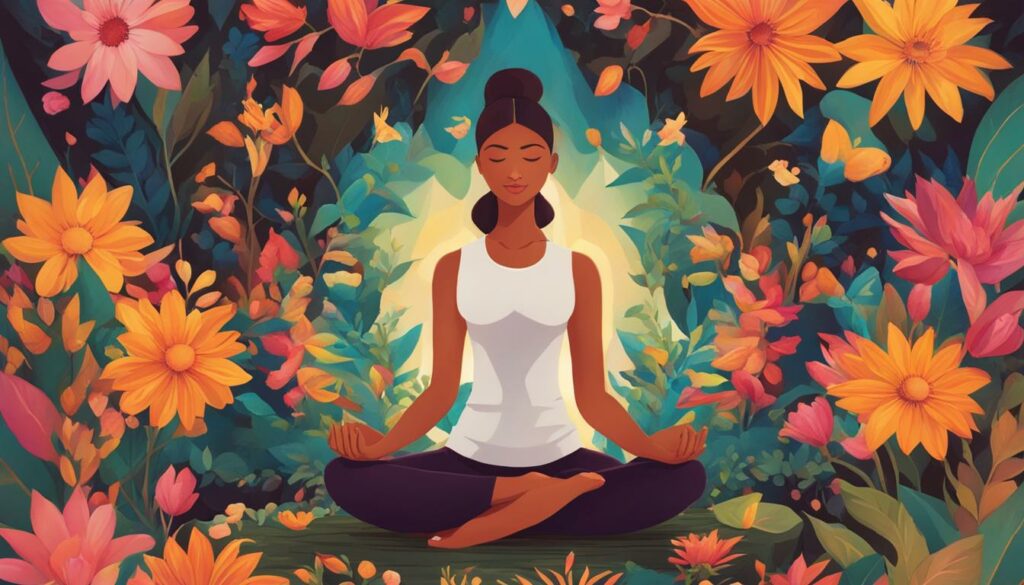
Anusara Yoga Teacher Training and Certification
If you are passionate about Anusara Yoga and interested in becoming a teacher, the certification process is an essential step towards formal recognition in the yoga community.
Anusara Yoga teacher training programs are designed to help aspiring teachers deepen their practice, refine their teaching skills, and learn how to share the principles of Anusara Yoga with others. These programs typically include intensive study and practice of Anusara Yoga alignment, philosophy, and sequencing, as well as hands-on teaching experience under the guidance of experienced instructors.
Each level requires a certain amount of training hours and teaching experience, as well as a demonstrated understanding and mastery of Anusara Yoga principles and practices. Teachers must also maintain their certification status through ongoing training and education.
The Anusara School of Hatha Yoga also offers a Bridge Program for yoga teachers who have completed a 200-hour teacher training program in a different style of yoga and wish to transition into teaching Anusara Yoga. The Bridge Program includes additional Anusara-specific training and teaching experience.
If you are interested in becoming a certified Anusara Yoga teacher, we encourage you to explore the Anusara School of Hatha Yoga’s certification programs and find a certified Anusara Yoga teacher training near you.
The Anusara Yoga community is known for its welcoming and inclusive nature. Teachers and practitioners alike are committed to creating a safe and supportive environment where everyone feels valued and respected. This commitment is reflected in the way that classes and events are structured, with teachers often offering modifications and variations to suit the needs of individual students.
Whether you are looking to deepen your yoga practice, make new friends, or simply connect with a community of like-minded individuals, the Anusara Yoga community has something to offer. Join us on this journey to self-discovery and growth, and experience the transformative power of yoga for yourself.
Alternatives to Anusara yoga?
If you feel that this particular yoga style may not align with your current stage in your yoga journey, allow me to introduce you to some alternative yoga styles that I believe will better suit your yoga goals. I encourage you to explore them – they might be just what you’re looking for!

Conclusion
We hope this article has provided you with valuable insights into the world of Anusara Yoga. As we have seen, Anusara Yoga is a unique and transformative approach to yoga practice, guided by a set of principles that align the body, heart, and mind.
[……]
Read more
